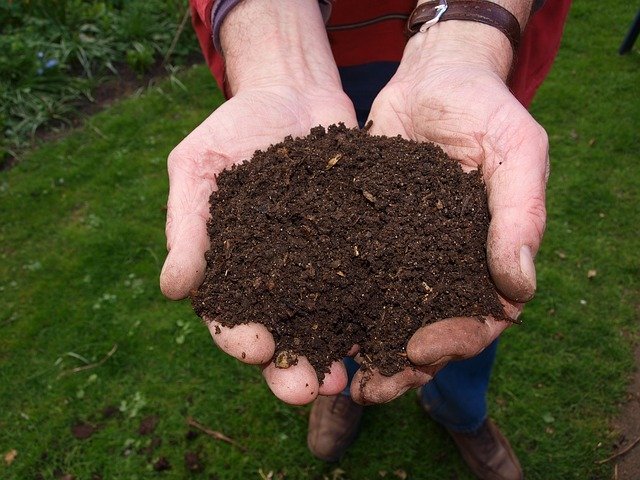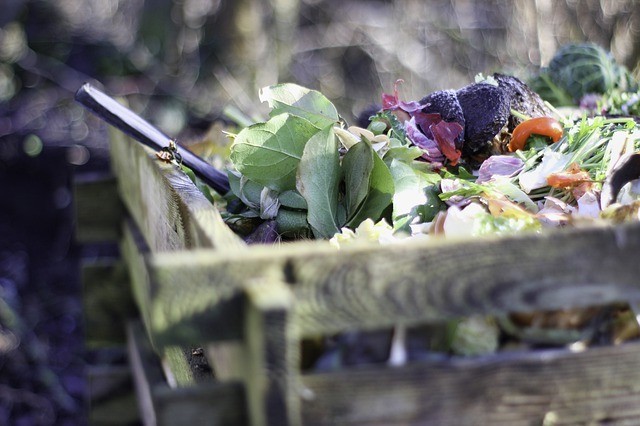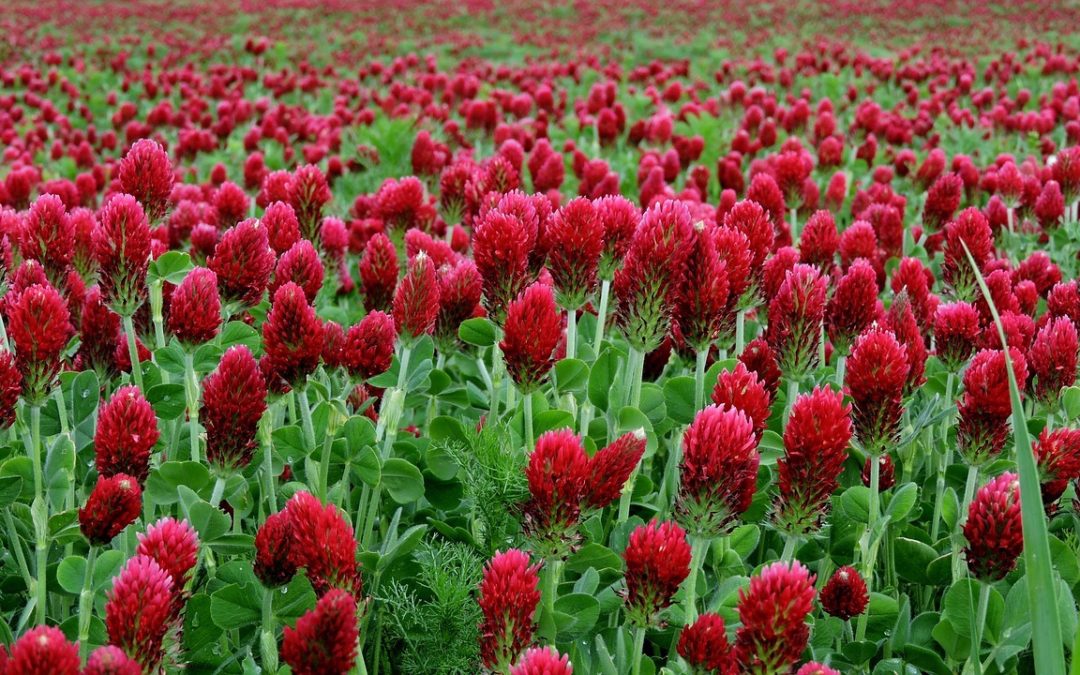Nutrient Pollution Can be Controlled
Residential lawns and gardens contribute significantly to the nutrient pollution in streams, rivers and lakes, according to Don Green, Senior Water Quality Consultant for WK Dickson & Co., Inc.
“Fertilizers that run off because of over application or storm water coming from impervious surfaces are a waste of money and contribute to water pollution,” Green said, advising, “A soil test is a great way to measure lawn or garden health and fertility.”
Nutrient pollution occurs when too much nitrogen and phosphorus found in fertilizers, are added to the landscape and end up in bodies of water. Green said that on way to avoid run-off is to keep fertilizers on the soil and away from sidewalks, streets and driveways.
“Some states have passed laws limiting the amount of nutrient application to lawns without a soil test demonstrating the need,” Green said. “The impact of fertilizers in residential areas may seem small but the cumulative effect of the total area of lawns and gardens may be significant creating a large impact.”
Excess nutrients promote excessive algae and plant growth leading to oxygen depletion that can kill fish and other aquatic life and can adversely affect humans when they enter into drinking water.
Green suggested choosing “natural organic” or “slow-release” fertilizers to reduce nutrient runoff and leaching.
“Natural fertilizer is usually made from powdered minerals, plants or animal waste like manure or compost as well as bone and cottonseed meal,” Green said. “The amount of nutrients is difficult to quantify, so they are most of the time called soil conditioners.”
In preparation for spring gardening, Green offered a natural alternative to restoring nutrients to the soil.
“When you “plant green fertilizer,’ like vetch or crimson clover, in the fall, it can act as cover crops and keep your soil in the bed where you want it,” he said. “The legumes/nitrogen fixing plants can give your soil a nitrogen boost.”
Planting “Green Fertilizer” like Crimson Clover in the Fall Prepares Gardens for Spring Planting

Natural fertilizers can be purchased as “soil conditioners” (above) from companies like Barky Beaver, or created at home by composting (below).

Green’s Recommendations for Preventing Nutrient Pollution
- Apply fertilizers only when necessary and at the recommended amount. Conduct a soil test from your state’s Agricultural Extension Service. These tests are inexpensive.
- Don’t apply fertilizer before windy or rainy days.
- Apply fertilizer as close as possible to the period of maximum uptake and growth for grass and other plants, which is usually spring and fall in cool climate, and early and late summer in warm climates.
- Avoid applying fertilizer close to waterways.
- Do not overwater lawns and garden; use a soaker hose, a porous hose that releases water directly to the ground, which can reduce overwatering that carries away fertilizers that would otherwise enrich lawns and gardens.
- Fill fertilizer spreaders on a hard surface so that any spills can be easily cleaned up.
- Properly store unused fertilizers and properly dispose of empty containers.
- Maintain your lawn mowers, leaf blowers, chain saws and similar outdoor power equipment to reduce nitrogen oxide emissions.
For more information contact Don Green at dgreen@wkdickson.com.
Further reading:
https://www.epa.gov/safepestcontrol/lawn-and-garden
https://www.epa.gov/sites/production/files/2014-04/documents/healthy_lawn_healthy_environment.pdf




